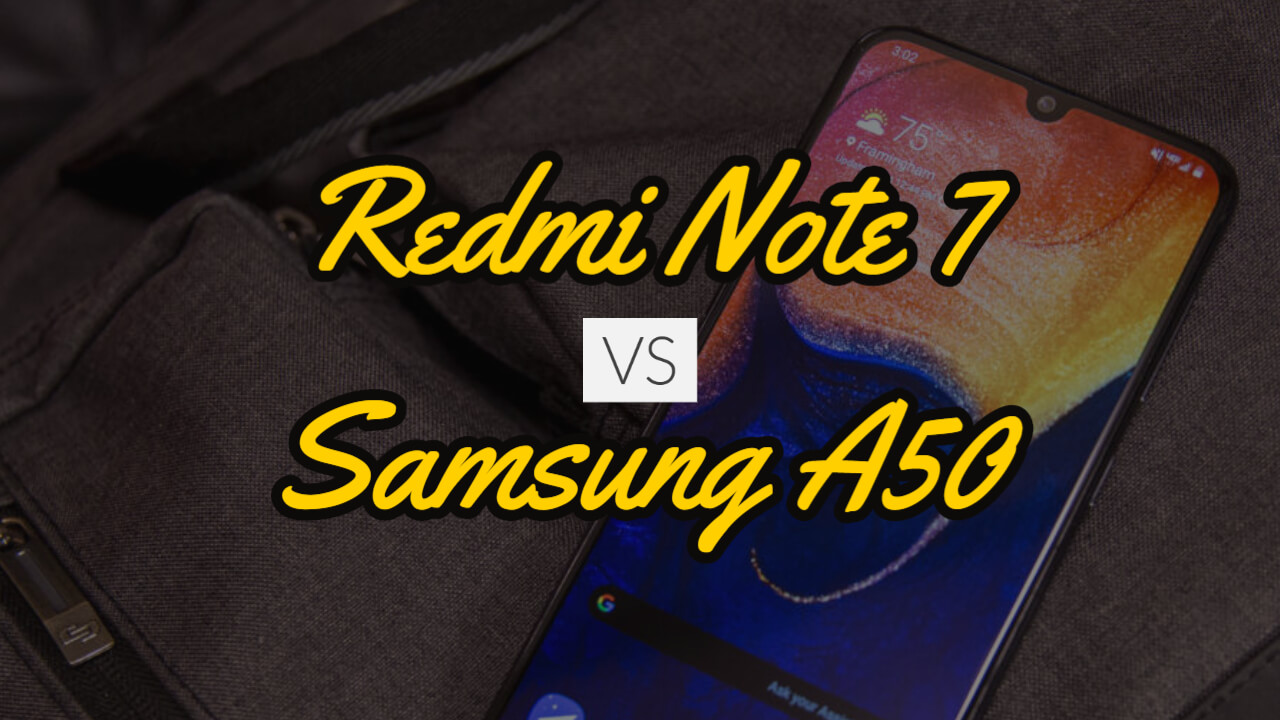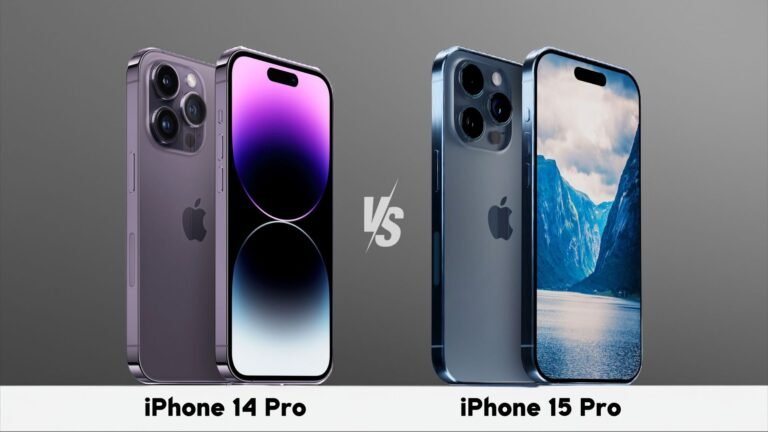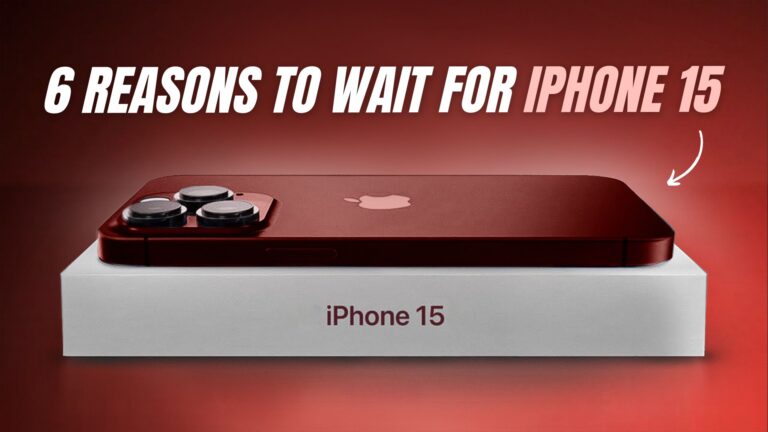 |  |
|---|---|
| Samsung A50 | Redmi Note 7 |
| BUY NOW | BUY NOW |
| PROS | PROS |
| Best display for the price. Design reminiscent of flagships. Low price Solid performance. | Stellar battery life. Strong performance. Vibrant, big screen. |
| CONS | CONS |
| Camera falls short of Pixel 3a. Battery life is underwhelming. Feels a little cheap. | Camera over-promises, under-delivers. Overblown software. Slightly dim screen. |
SPECIFICATIONS
| Samsung A50 | Redmi Note 7 | |
| Display (Resolution) | 6.4-inch AMOLED (2340 x 1080) | 6.3-inch IPS LCD (1080 x 2340) |
| Rear Camera(s) | Triple: 25-MP wide (ƒ/1.7); 8-MP ultrawide (ƒ/2.2); 5-MP depth sensor (ƒ/2.2) | 48 MP, f/1.8, (wide), 1/2.0″, 0.8µm, PDAF; 5 MP, f/2.2, (depth) |
| Front Camera(s) | 25-MP (ƒ/2.0) | 13-MP (ƒ/2.0) |
| CPU | Samsung Exynos 9610 | Snapdragon 660 |
| RAM | 4 GB | 4 GB |
| Storage | 64 GB | 64 GB |
| microSD | Yes, up to 512 GB | Yes, up to 256 GB |
| Battery | 4,000 mAh | 4,000 mAh |
| Size | 6.24 x 2.94 x 0.30 inches | 6.27 x 2.96 x 0.32 inches |
| Weight | 5.86 ounces | 6.56 ounces |
DESIGN
Redmi Note 7:
Glass has been used at both the front and back sides of Redmi Note 7. Due to the slippery build, it often slips from the surfaces. The sides of the mobile do not give much premium look as plastic is used as the border for the body. One thing disappointing about the design is that the build overall is glossy, which is prone to scratches and smudges.
The rear of the Redmi Note 7 is fully covered by glass, which gives a pleasant feeling in hand; however, it inevitably decreases the strength of the mobile itself. The weight of 186g of the mobile seems a little heavy, but its build and thinness give it a nice look overall.
Arrangement of the buttons follows the traditional setup like the power button, and the volume control buttons are on the right of the mobile. On the chin at the bottom of the mobile, LED notification is present, and USB Type- C port along with a single speaker is at the bottom. 3.5mm headphone jack is at the top.
Samsung A50:
For the A Series of Galaxy smartphones, Samsung has used 3D Glasstic material. The name refers to the fact the body of the phone is made up of both the glass and plastic, which gives it a very glassy and elegant look.
The back of the phone is extremely shiny and reflective in all of the colour variants available, which includes black, coral, blue, and white. Even a little bit of light is reflected very strongly by the Samsung A50. A three-camera arrangement with an LED flash is present at the rear.
Front of the Samsung A50 is covered by the 6’4 display. The selfie camera is housed within a U-shaped notch at the top. Other than the visible chin, bezels of the phone are thin. An in-display fingerprint sensor is present near the bottom. It is quick, but sometimes the fingerprint sensor needs to be pressed more firmly to unlock the mobile.
Triple-card slot is on the left of A50 in which users can insert two SIMs and a microSD card. Power and volume controls are on the right, while other components like the speaker, USB Type-C port, and a 3.5mm headphone jack are at the bottom of the mobile arranged traditionally.

DISPLAY
Redmi Note 7:
A massive screen of 6.3′ is possessed by Redmi Note 7. Other than an insignificant notch that cuts the display, the display is highly immersive, and users can enjoy watching videos, streaming content, and playing games on it. The resolution of 1080 x 2340 makes the screen sharp and vibrant.
The brightness of the mobile can go very high, but direct sunlight on this large screen may hamper the visibility slightly. Colours can be tuned manually, or different in-built modes can be chosen to adjust the colour accuracy of the display. Overall, the screen is good and has a high-quality display, but viewing it from different angles may not be comfortable for the users.
Samsung A50:
A large display of 6.4-inch HD+ Super AMOLED is exhibited by Samsung A50. High resolutions, an impressive aspect ratio of 19:5:9, and the pixel density of 403ppi, makes A50 a clear winner in terms of display.
The screen provides an immersive, high-quality experience to the users. Brightness can go as high as 420 nits manually, and in the high intensity of sunlight, brightness can go up to 550 nits. Minimum brightness can be about 1.8nits, which is a good outcome for those who like to use the smartphone at a minimum brightness. Colours of the screen are highly accurate. However, if there is any problem, users have the option of adjusting them manually, or by selecting different colour modes.
SPEAKERS
Redmi Note 7:
Redmi Note 7 has two speaker grilles at its bottom; however, there is only one speaker in it. It has a very loud sound that maintains its clarity and richness even at very high volumes.
The loudness and crispness of the sound through the headphones remain equally impressive. However, there was a slight distortion in the clarity of the music. Overall, it gives an excellent result and can be relied upon for heavy audio usage.
Samsung A50:
With a single speaker, A50 aces the loudness test and gives a very loud sound. However, at high volume, the quality and richness of the sound decreased monumentally. The clarity of the sound was maintained when an external amplifier was used at high volume.
Intermodulation distortion can be noticed while using headphones on A50 due to which the accuracy and quality of the sound reduced even though the sound maintained its loudness.

SOFTWARE
Redmi Note 7:
The software of Redmi Note 7 is just like any other Xiaomi smartphone, which runs on its MIUI’s firmware, MIUI. The absence of an app drawer is continued in this version as well. A security application is present through which battery, apps, memory, battery, and themes can be managed easily.
The default apps of the mobile are its own Music, Camera, Movies, and Mi Cloud apps. Talking about the speed of the system, there are no significant issues in it as the working is smooth. Heavy games can be played quite easily without any lags, and the problem of overheating present in most of its competitors cannot be found in Note 7.
Samsung A50:
Samsung A50 runs of the latest Samsung One UI, which is based on Android Pie. There are many customization options available to users. Features and the settings are made simpler and more user-friendly.
The default icon pack has flamboyant application icons that can be changed through the theme settings. Quick toggles for mobile features like the Wi-Fi, Bluetooth, brightness, GPS, and others are located at the bottom of the screen, which can be accessed easily.
PERFORMANCE
Redmi Note 7:
There are two variants of Redmi Note 7: 3GB RAM with 32GB internal storage, and a 4GB RAM with 64GB internal storage. Both of these variants are powered by the Snapdragon 660 chipset. These versions work satisfactorily for regular usage, but the heavy gamers should pick the model with higher RAM and storage. In normal usage, the working of the mobile is smooth and easy.
Benchmark tests for the mobile were impressive as well as the Redmi Note 7 gave a very tough competition to other Android smartphones powered by Snapdragon 835, and scored very high on the charts.
Samsung A50:
For the first time in a Samsung smartphone, Exynos 9610 chip is used. It provides excellent processing power to A50. With an octa-core processor working at high capacities, Samsung A50 can work smoothly and run heavy applications and games without any lags.
There are two variants of Samsung A50 in which 4GB of RAM or 6GB of RAM is present along with different internal storage options.
Overall, Galaxy A50 is quick and a reliable smartphone due to its high processing power. Daily usage, browsing, and heavy gaming can be performed excellently.

CAMERA
Redmi Note 7:
From the marketing point of view, Redmi Note 7 has an excellent rear camera of 48 megapixels, which has been the main focus of its advertising since the moment this model was announced. Along with the primary camera, a secondary camera of 5MP is present for depth sensing and focusing in the portrait mode. The selfie camera is an ordinary 13MP sensor with no distinctive capabilities and features. Other than the AI mode, various toggles are present in the camera app for features like the panorama, portrait mode, and HDR.
Quality of the pictures taken by Redmi Note 7 is ordinary, and it cannot be claimed that it makes use of all of the 48MP available to its primary sensor. Usually, the photos are not much detailed as expected. Moreover, the color saturation is not much accurate as in natural mode colours like the green and red gets more highlighted than the others.
The night mode of the Redmi Note 7’s camera is an improvement from its predecessor – Note 6 Pro – and produces above average images. The brightness of the photos taken in low-light is automatically enhanced, and details are highlighted.
Samsung A50:
Samsung A50 has three rear cameras: 25MP primary camera, 8MP secondary camera, and a 5 MP camera used for depth sensing. A single LED flash is also present. The 5MP depth-sensing camera is highly useful in portrait and live focus mode to capture portrait shots and blur the background appropriately.
The camera application follows the same settings of the previous Samsung mobiles. Extra option of ultra-wide mode is added in the camera app. Basic functioning remains the same. Toggles are present to select the rear and front camera. AI can be turned on to optimize the photos. However, upon comparing the quality of both the regular and AI-optimized pictures, not much difference could be noticed.
Generally, image quality is good, but not as expected from a 25MP primary camera sensor. Pictures taken by A50 are not much detailed. Colours and contrast, on the other hand, are amazing, and images produced are sharp and intriguing.
Low-light photos are more than a disappointment as they become blurred, noisy, and lacks in details through the 25MP camera. To optimize the night shots, camera settings should be turned to 12MP because it improves the image quality a lot. The selfie camera of 25MP is very similar to the rear camera and captures the photos with the same quality and accuracy.

BATTERY
Redmi Note 7:
An amazing battery of 4,000 mAh is included in Redmi Note 7. The standby duration of the phone is solid, as it dropped only a few points after being on standby during the whole night.
About the general usage of Note 7, the battery is impressive because after a usage of 14 hours, with 3 hours of streaming music, videos, using social media, while being connected to Redmi Air Dots and the internet, the battery decreased to about 68%. Moreover, the battery test of Redmi Note 7 showed that after watching a video on the highest level of brightness for 95 minutes, the battery loss was of just 14%.
Samsung A50:
4,000 mAh Battery of Samsung Galaxy A50 is impressive as it can provide a complete day usage effortlessly. In airplane mode, the mobile can play 16 hours of videos constantly until its battery becomes drained. In short, battery capacity should not be an issue in this smartphone.
WHICH SHOULD YOU BUY?
Redmi Note 7 lacks in design, average photos from the rear camera, and display as brightness levels are very low. Still, it is impressive in terms of battery, good selfie camera, excellent performance, and the screen’s size and colours. Yet, in terms of its competitors in this price range, Redmi Note 7 is one of the best smartphones currently available.
Samsung Galaxy A50 has an attractive design and a vibrant HD display, along with a camera that produces decent photos. Lack of features like A50 is not water and dust-resistant are undoubtedly disappointed, but overall, Samsung A50 is an excellent mobile, which should be one of your top choices of smartphones.

![iPhone 14 vs iPhone 13 vs iPhone 12 [Updated Guide]](https://www.theworldsbestandworst.com/wp-content/uploads/2022/11/iPhone-14-vs-iPhone-13-vs-iPhone-12-768x432.jpg)




